The Unseen Currents: Redefining Flood Risk in the Capital's Urban Maze
Explore groundbreaking analysis exposing DC's true urban flood vulnerability. Learn why current maps miss critical risks to the capital's roads & transit, changing how we prepare.
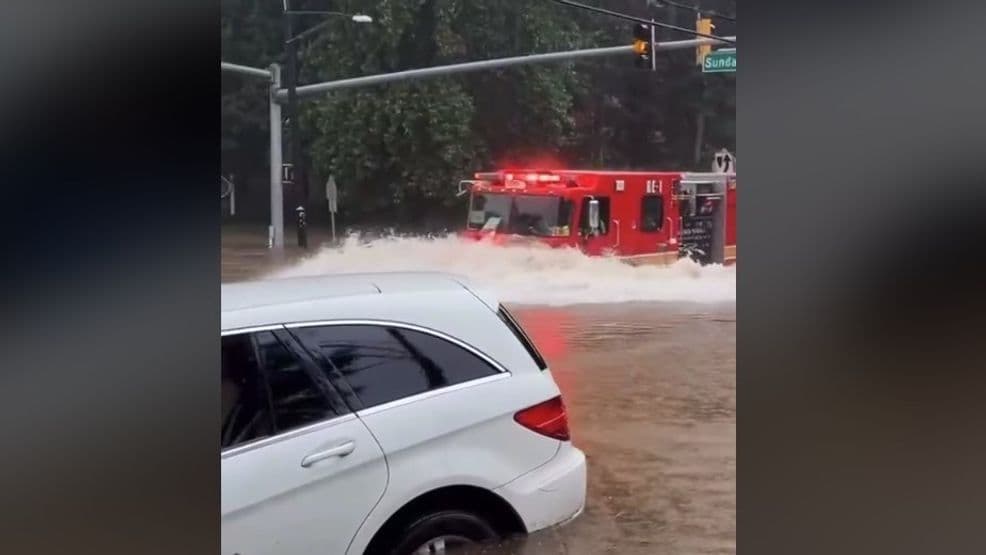
The Familiar Storm, Unfamiliar Dangers
The skies over the metro area often deliver a familiar summer downpour, a brief deluge that typically clears as quickly as it arrives. But beneath this seemingly routine weather pattern, a more insidious and unpredictable threat lurks: urban flash flooding. For years, residents have observed sudden, intense inundations in unexpected places, often far from traditional floodplains. Now, groundbreaking new analysis from the confirms these lived experiences, revealing a stark reality that traditional data has overlooked. , a transportation resilience planner with the National Capital Regional Transportation Planning Board, points out that while people witness these events in their neighborhoods, historical records simply don't capture the full picture. This disconnect highlights the elusive nature of urban flooding, which can manifest with startling localization. Consider a recent weekend: Rainone was downtown at Audi Field, completely dry, while just a few miles north in , five inches of rain deluged the area. This localized intensity is precisely what makes predicting and preparing for urban flash floods so challenging, exposing a vulnerability in the capital's infrastructure that is far greater than previously understood.
Where Maps Fall Short: The Urban Flood Blind Spot
For decades, urban planners and emergency managers have relied heavily on data from the as the gold standard for assessing flood risk. These maps are invaluable for identifying areas prone to riverine or coastal flooding, but as Rainone clarifies, FEMA data has a critical blind spot: it “does not account for urban flooding due to rainfall, nor does it account for changing flood plains in the future.” This omission is precisely why the new COG analysis is so revolutionary. By integrating FEMA's foundational data with advanced modeling from , a company specializing in flood hazard prediction, a far more nuanced and accurate picture of risk has emerged. This innovative approach pinpoints areas, like parts of , the neighborhood, or even zones around the , that were previously considered safe but are now clearly identified as vulnerable to flash floods. The stark contrast is undeniable: where FEMA data alone identified 14% of regional road and highway miles at risk, the COG analysis, with its expanded scope, reveals a staggering 39% are susceptible to temporary flooding. This isn't just an academic exercise; it's a fundamental redefinition of what it means to be "at risk" in our rapidly urbanizing environment.
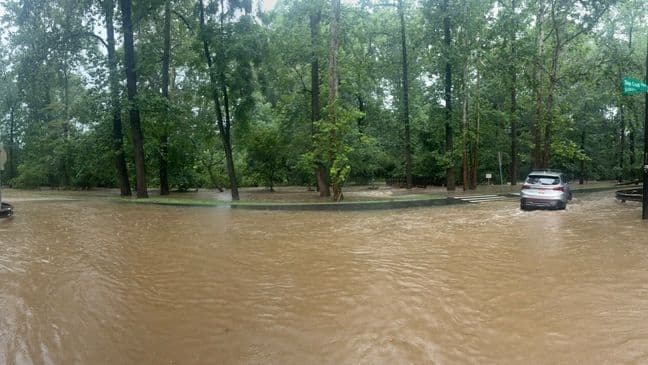
Beyond the Floodplain: A New Blueprint of Risk
This enhanced understanding of urban hydrology isn't merely an incremental update; it represents a paradigm shift in how we perceive and plan for flood risk. The new blueprint of risk, developed by , moves beyond the traditional concept of a "floodplain" to encompass the intricate, often invisible pathways water carves through dense urban landscapes during intense rainfall events. The numbers speak for themselves: identifying 39% of the region’s road and highway miles as vulnerable to temporary flooding, compared to the mere 14% flagged by FEMA alone, dramatically alters the risk landscape. Rainone's observation, “That says, ‘Yup, this area is actually at risk,’ when we didn’t really know that was the case in other data,” underscores the validation this new data brings to countless anecdotal experiences. But the insights don't stop there. The report also projects an additional 3% increase in at-risk miles throughout the century, painting a clear picture of escalating future challenges. This comprehensive mapping effort doesn't just identify problem areas; it categorizes risks along transportation corridors as high, medium, low, or “not exposed,” providing a granular, actionable framework for strategic intervention and future-proofing the capital's vital arteries.
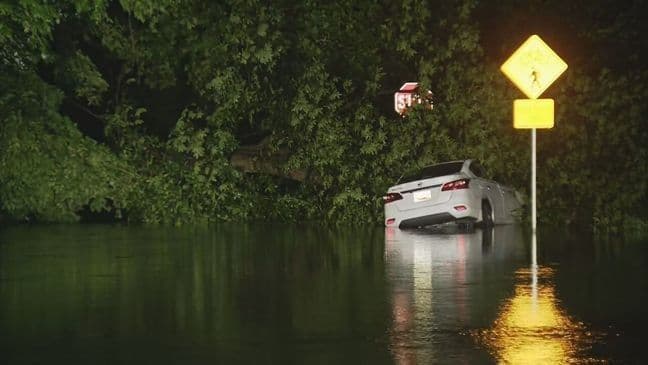
Navigating the Watery Maze: Implications for Commuters and Planners
Understanding this newly revealed blueprint of risk carries profound implications, not just for long-term urban development, but for the daily lives of millions navigating the metro area. It's no longer just about major rivers overflowing; it's about localized deluges turning familiar streets into treacherous waterways, often with little warning. Consider the morning commute: our roads and highways, now known to have nearly 40% of their miles vulnerable, become immediate hazards. But the impact extends beyond personal vehicles. The COG report also highlights the significant exposure of public transit networks. The is projected to have 22 bus and rail stops at risk of flash floods. This means disruptions to bus routes, metro closures, and potentially stranded commuters are a far more pervasive threat than previously accounted for. For individual drivers, it necessitates heightened awareness and flexible routing; for emergency services, it demands real-time, dynamic response capabilities. Planners, on the other hand, face the urgent task of integrating this data into every aspect of infrastructure development, from drainage improvements to transit system design, moving from reactive measures to proactive resilience.

Building Resilience in a Wetter Future
The insights gleaned from this advanced flood risk analysis present both a sobering challenge and a clear call to action for the metro area. Recognizing that nearly 40% of our vital road networks are at risk, with that figure projected to climb further through the century, demands a fundamental shift in our approach to urban planning and infrastructure investment. Building resilience in this wetter future isn't a luxury; it's an imperative. This means moving beyond reactive repairs to proactive, systemic improvements: upgrading stormwater management systems, implementing green infrastructure solutions that absorb and filter rainfall, and critically, integrating this new, granular risk data into every development decision. For commuters, it underscores the need for real-time information systems and alternative routes during heavy rainfall events. For planners, it means prioritizing investments in vulnerable transportation corridors and transit hubs, ensuring our capital can continue to function even as climate patterns evolve. The has provided an invaluable tool; now, the collective effort of local governments, transportation agencies, and engaged citizens will determine how effectively we can adapt, innovate, and build a more flood-resilient region for generations to come.
Related Articles
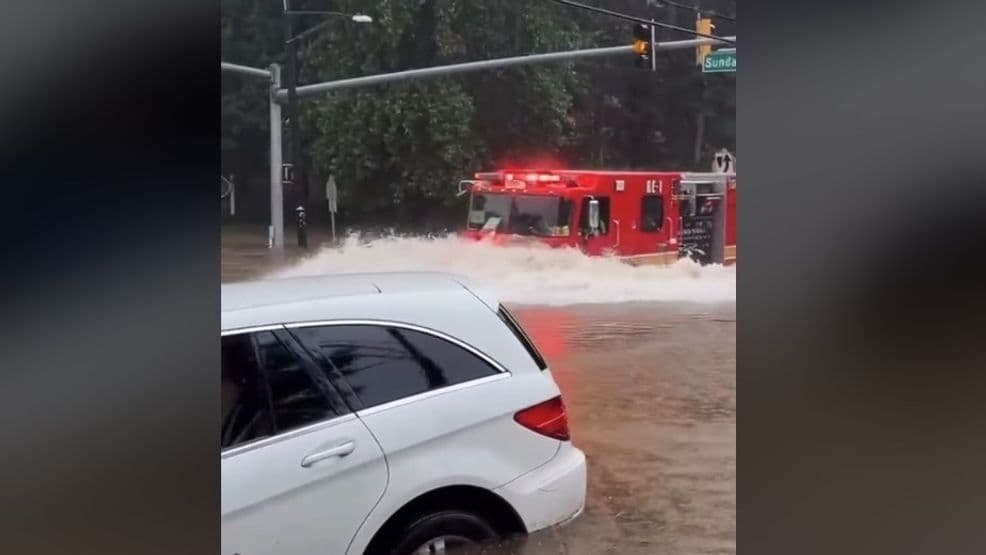
The Unseen Floodlines: Why Your City's Weather Risks Are Deeper Than You Think

The Unseen Floodlines: Why Your City's Weather Risks Are Deeper Than You Think
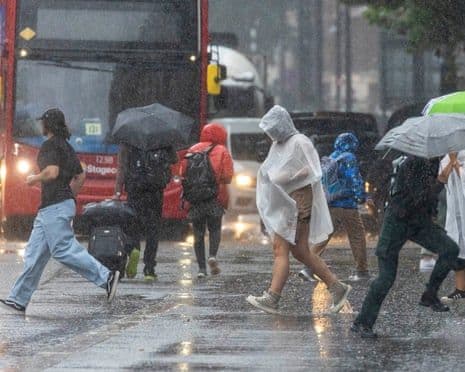
Britain's Deluge Dilemma: Unpacking the Urban Flood Challenge Amidst Rising Rain Warnings

Britain's Deluge Dilemma: Unpacking the Urban Flood Challenge Amidst Rising Rain Warnings
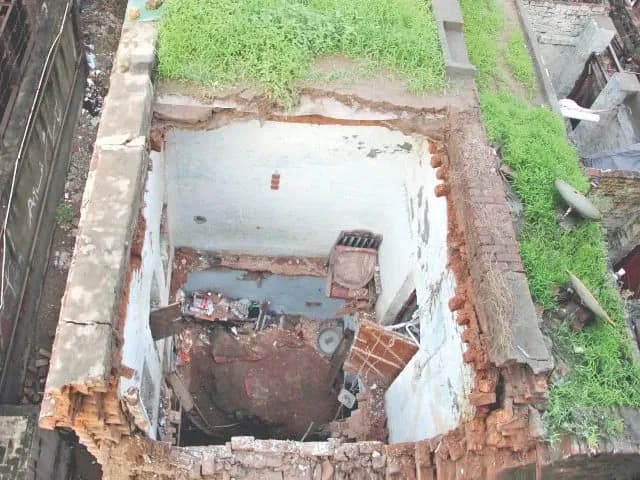
The Sky's Shifting Mood: Building Resilience in Rain's New Era

The Sky's Shifting Mood: Building Resilience in Rain's New Era
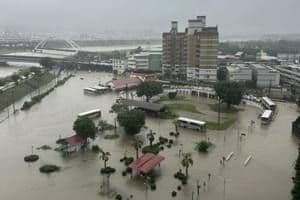
Taichung's Unexpected Fountains: A City's Reckoning with Rising Waters
